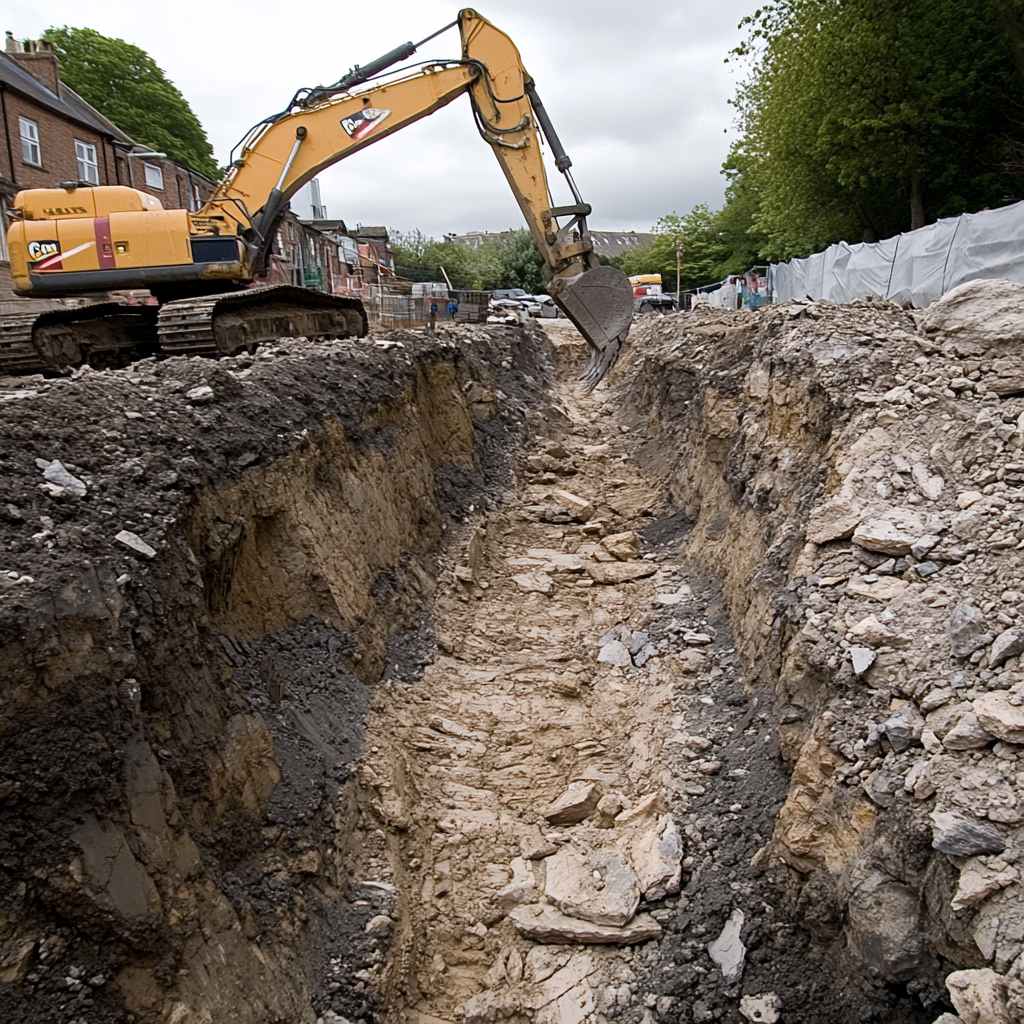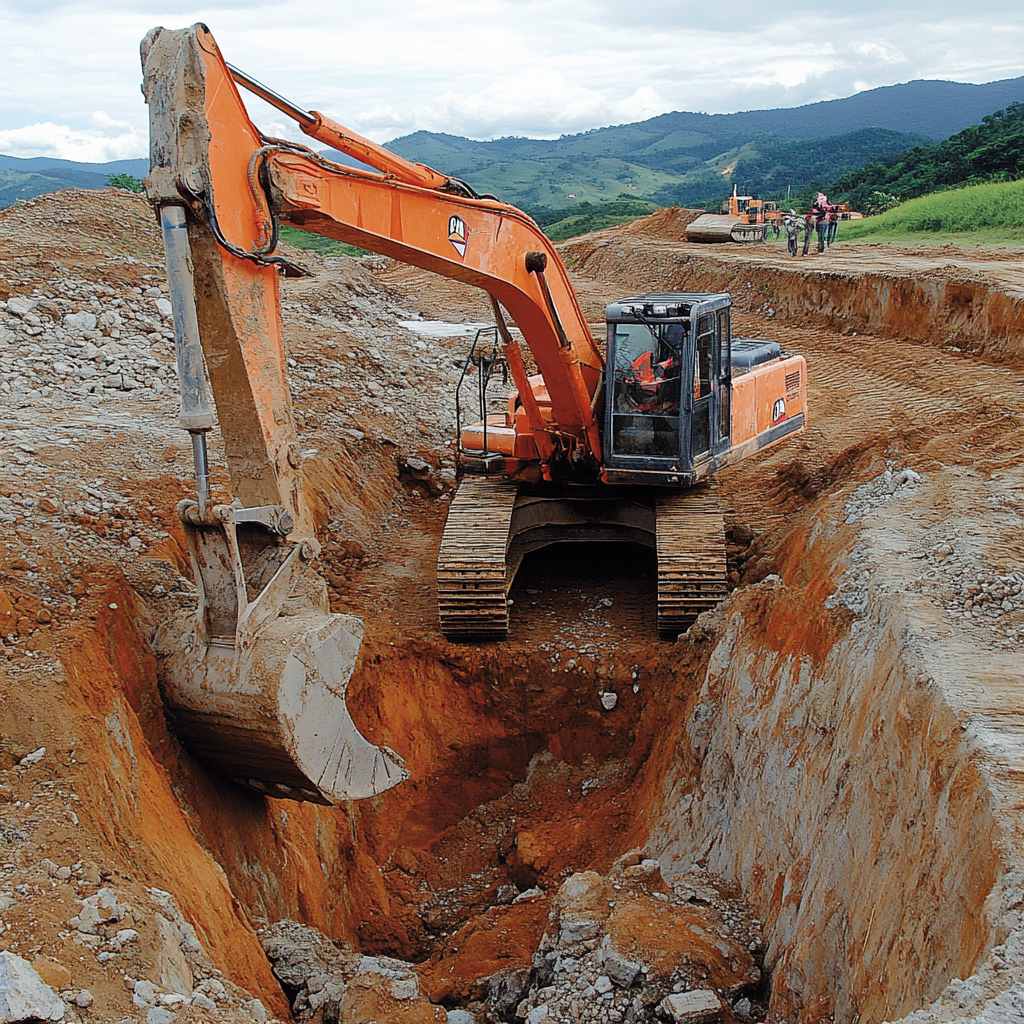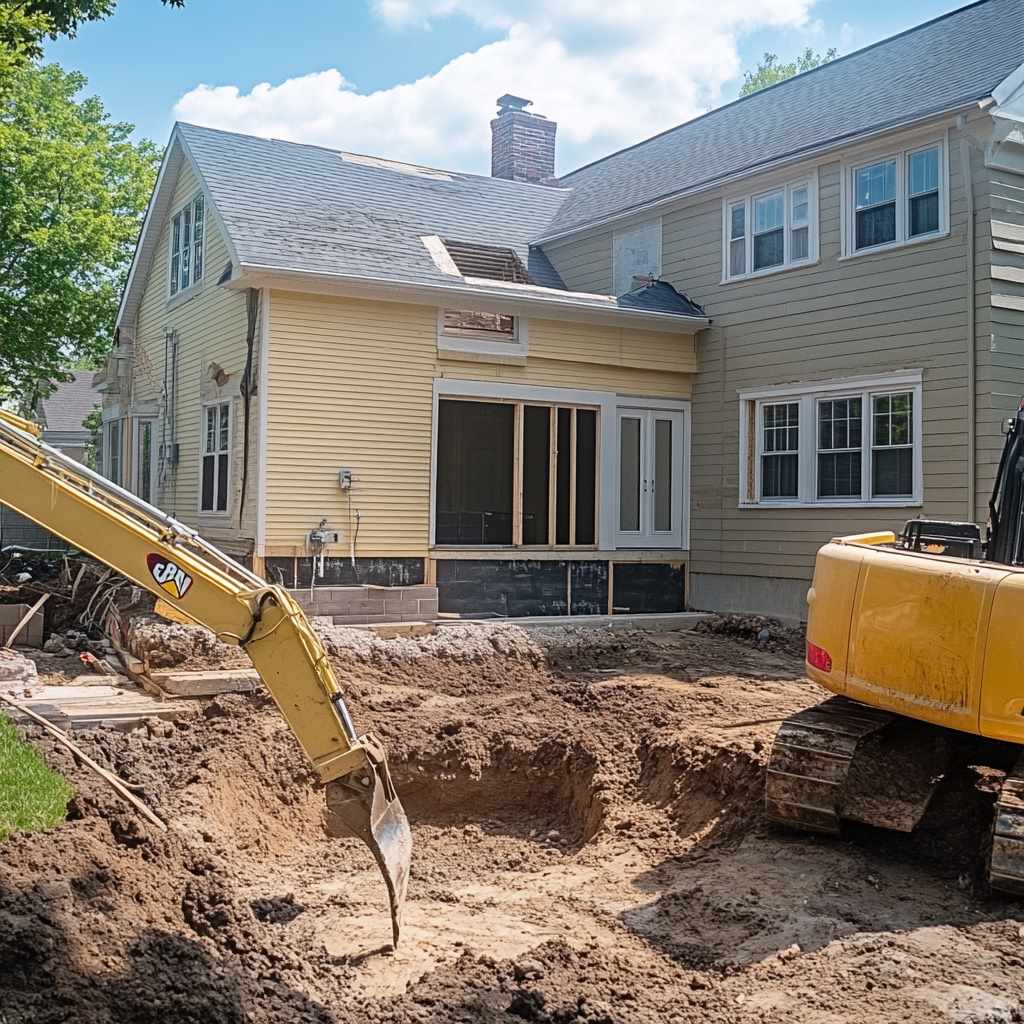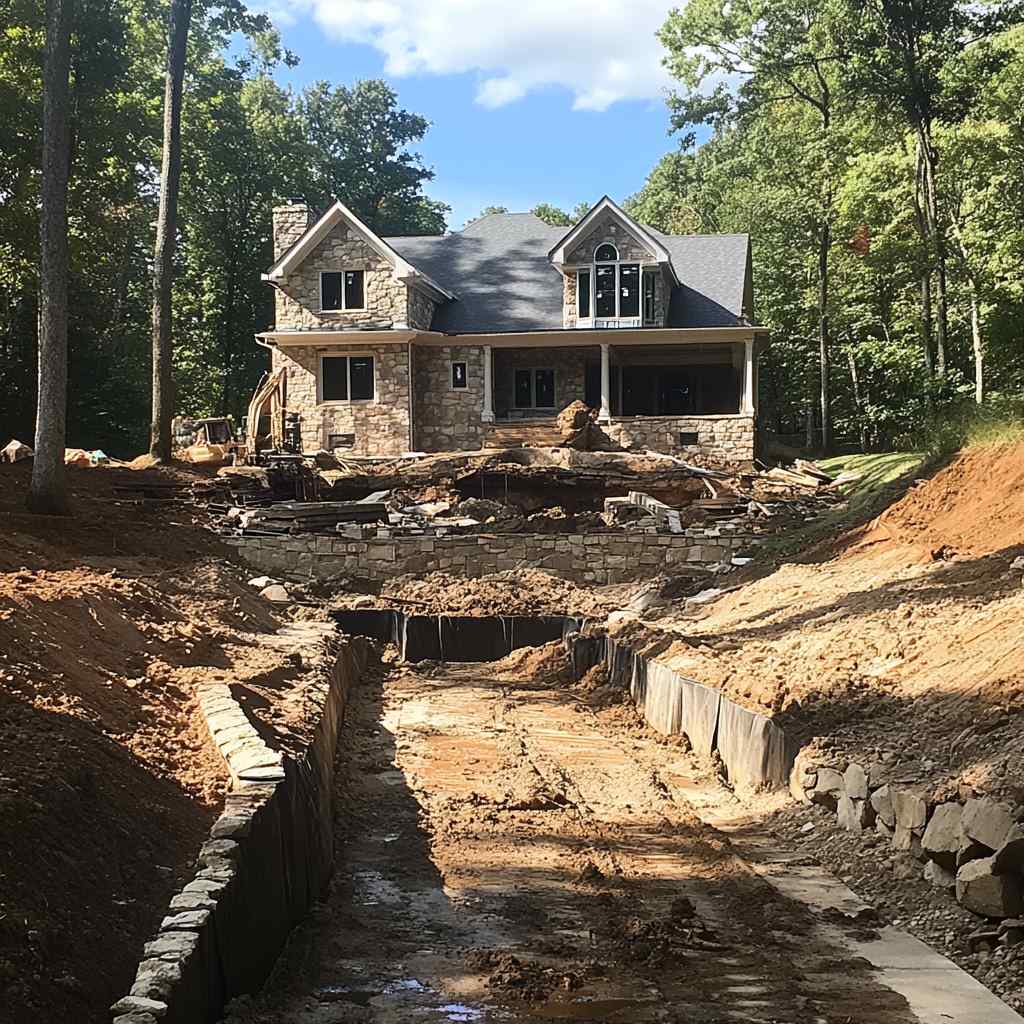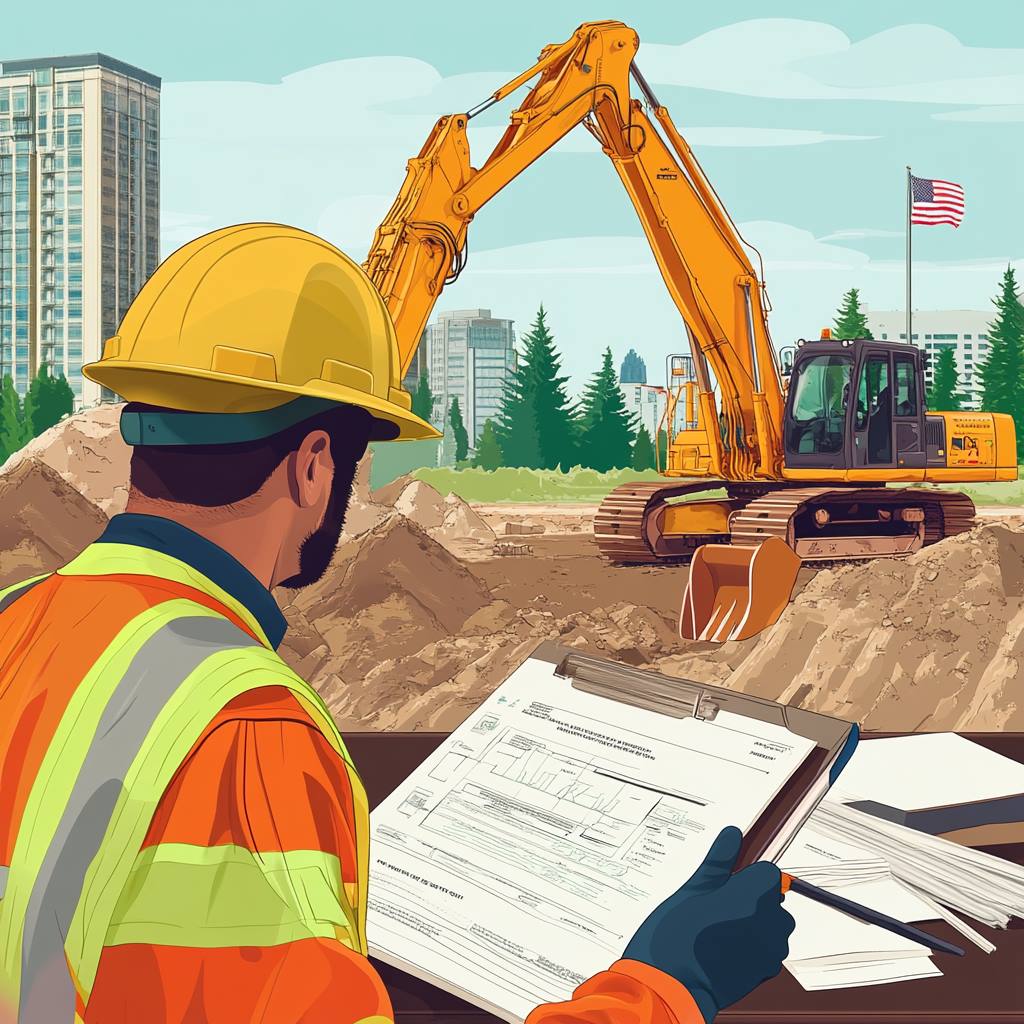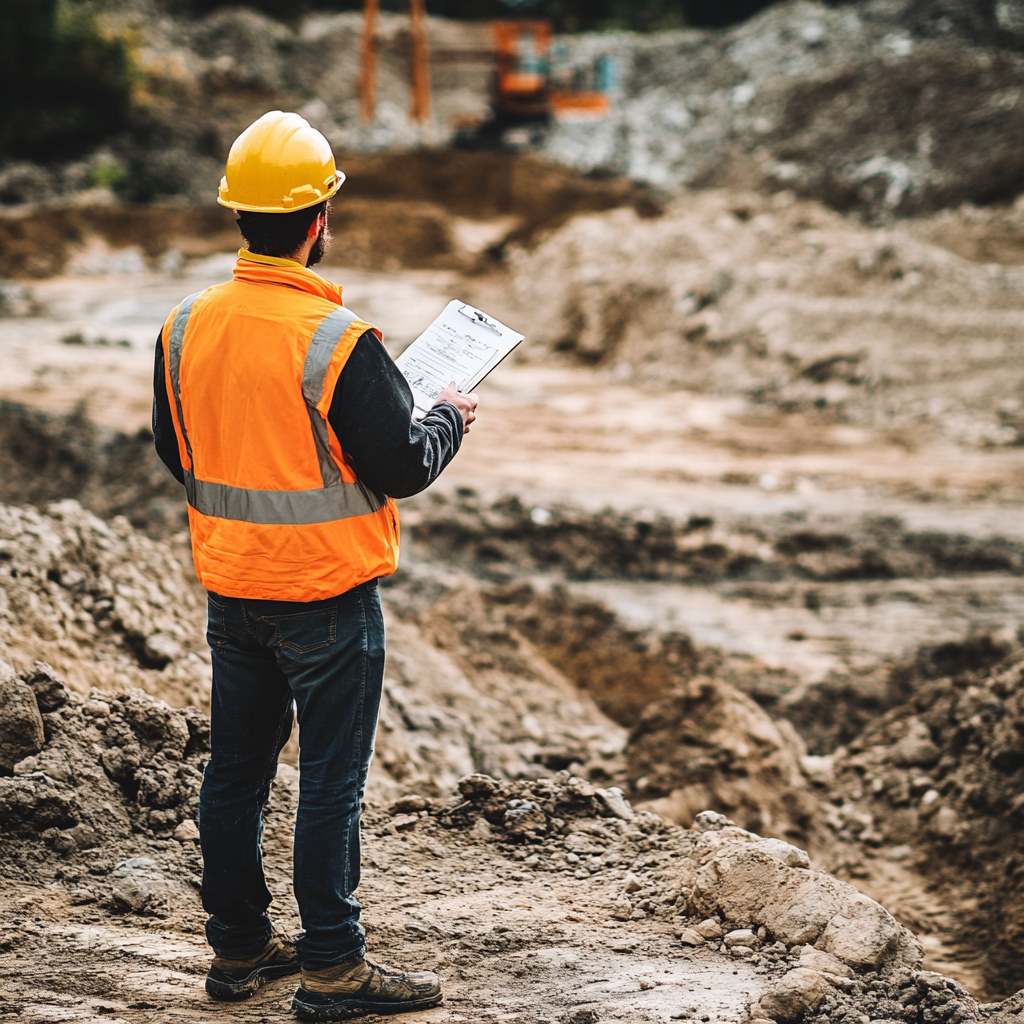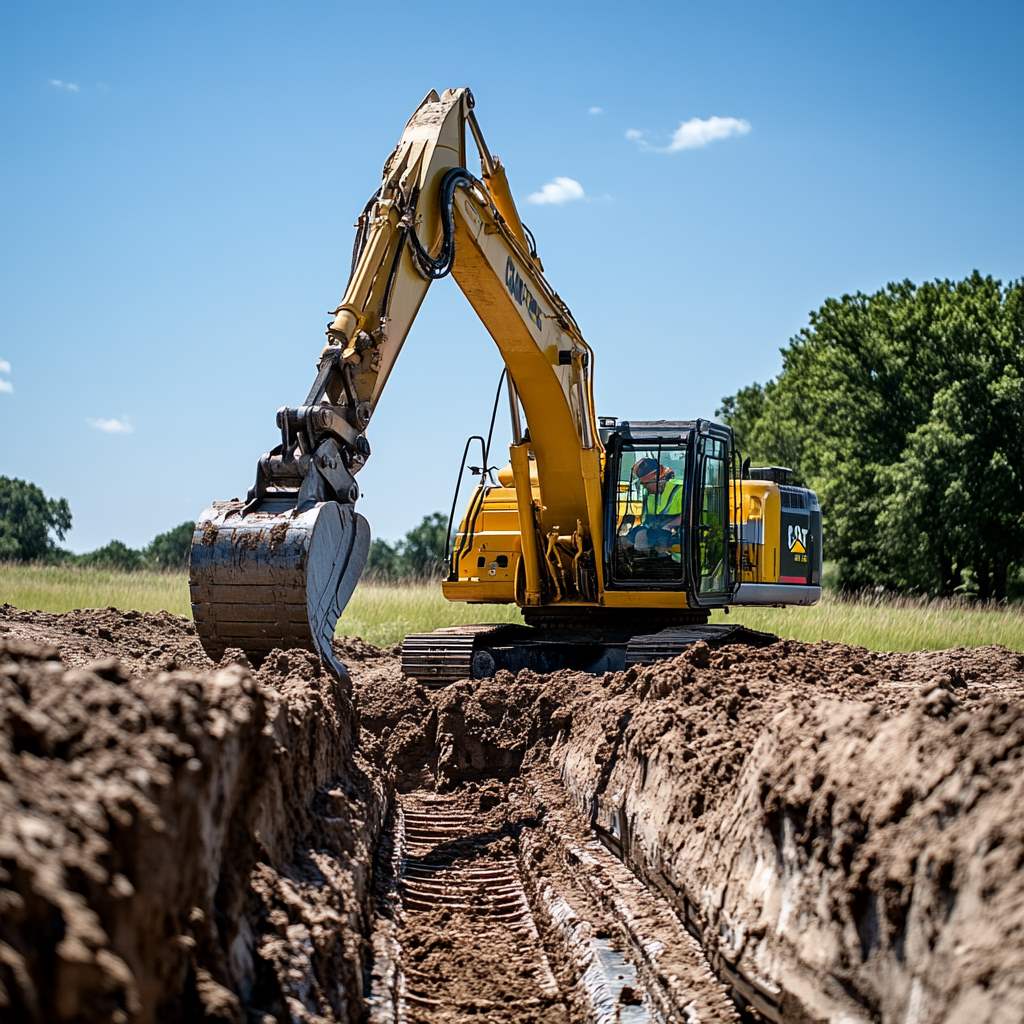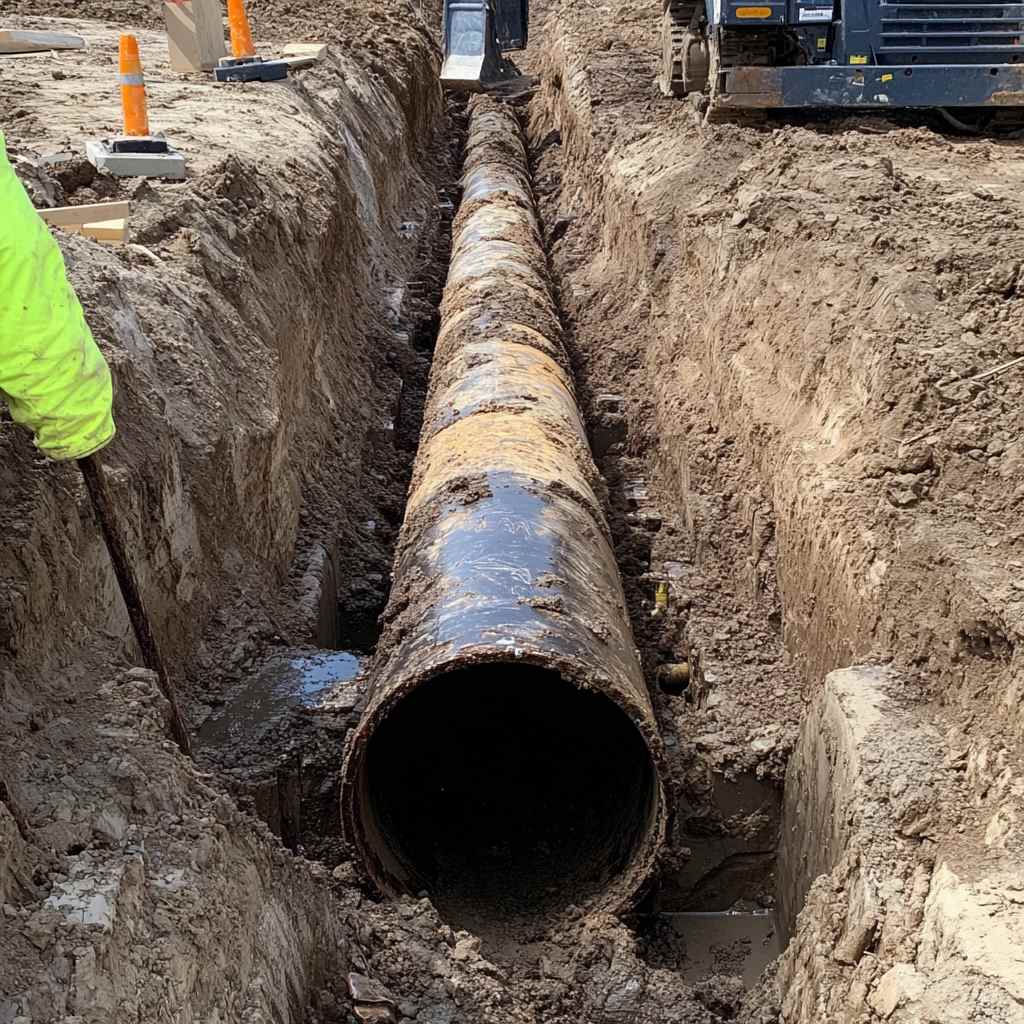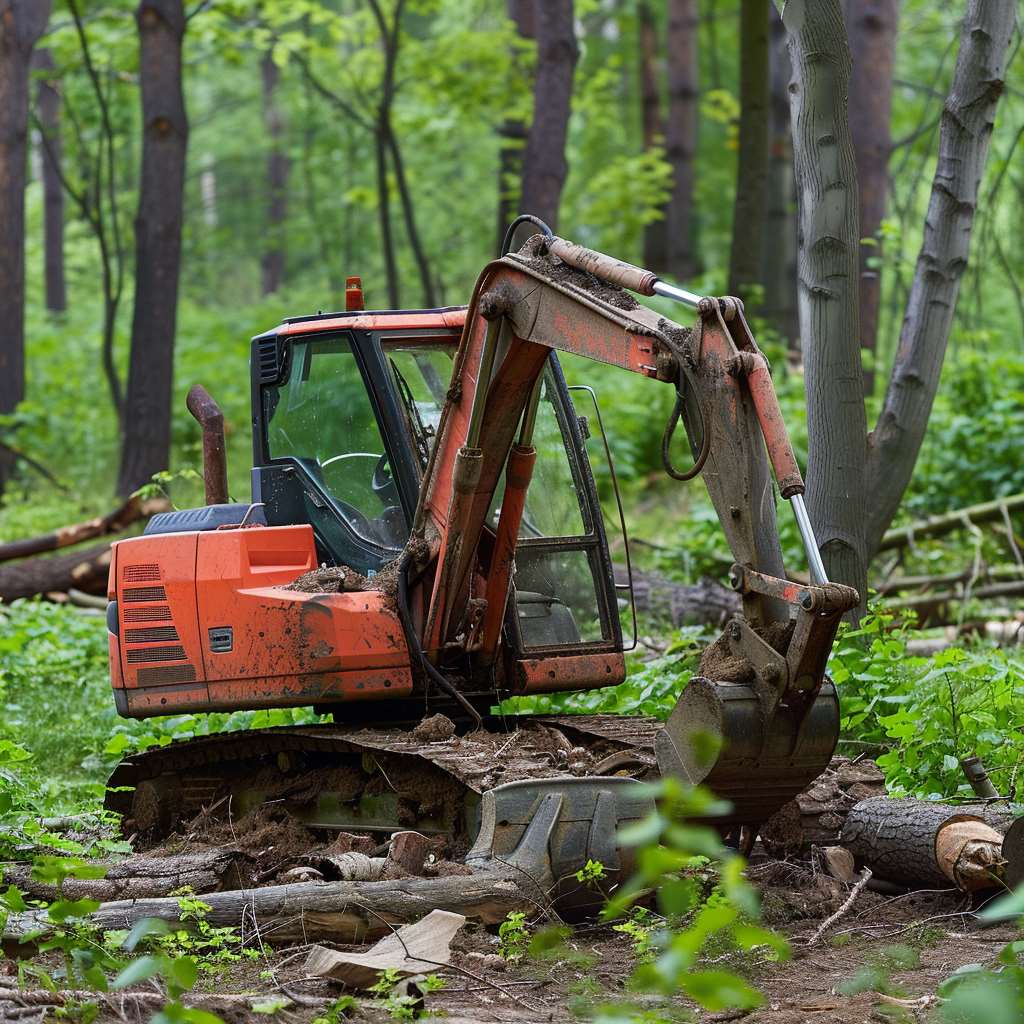Understanding What Sloping Excavation Is in Excavation
If you’ve ever wondered how construction crews manage to dig safely without risking a cave-in, sloping is a big part of that answer. It’s one of those behind-the-scenes techniques that keeps job sites safe and work running smoothly.
So, what is it? In simple terms, sloping excavation means cutting back the sides of a trench or hole at an angle rather than leaving them vertical. This angle helps the soil support itself, making it much less likely to collapse. When In-Depth Excavation works on a small residential project or a large commercial build, sloping is key to maintaining stability and safety.
What is Sloping in Excavation (The Simple Version)
Picture this: you’re digging a hole, but instead of the walls going straight down, they slant back, kind of like a giant wedge. That’s sloping. The reason for that shape is all about preventing soil from giving way. Think of it as giving the soil room to “relax” instead of forcing it to stand upright.
The angle of the slope isn’t random. It depends on a few important factors:
Soil Type: Clay tends to hold up well, while sand and gravel can be tricky because they don’t stick together as well.
Depth: The deeper you go, the more careful you need to be. Deeper holes usually need gentler slopes to handle the extra weight pressing down.
Water Presence: Water changes everything. Wet soil is way more unstable, so if there’s water involved, the slope has to be even flatter to stay safe.
Before any digging begins, soil testing and a full site check are essential to figure out exactly what kind of slope is safest for the land. This is part of the routine when In-Depth Excavation takes on a project, whether it’s a simple residential job or a complex commercial build.
Techniques Involved In Sloping for Excavation
There’s more to sloping than just digging at an angle. We bring in different techniques to make sure everything stays secure:
Shoring and Bracing: For deeper digs or tricky soil, we use extra support systems like timber or steel plates. These hold everything in place while the work happens.
Drainage Control: Water can sneak in fast, and if it’s not managed properly, it can turn a stable slope into a collapse risk. We set up drainage solutions to keep water moving away from the site.
Regular Inspections: Even a solid slope needs to be watched. We check everything daily to catch small issues before they turn into big problems.
Sloping might sound simple, but getting it right is what keeps people safe and projects on track.
Steps Involved for the Methods
Sloping excavation is a process that follows a careful series of steps. First comes the planning and layout phase, where the desired slope angles and excavation dimensions are mapped out clearly on-site. This is essential to make sure everything stays within safety guidelines.
Once the site is laid out, excavation begins slowly and methodically. The crew works in sections, removing soil while keeping a close eye on the slope angle to maintain its integrity. Throughout this process, continuous monitoring helps catch any early signs of instability, allowing adjustments to be made right away.
For deeper or more complex projects, benching is sometimes added. This method creates a series of steps along the excavation walls, which helps divide the load and reduces pressure on the lower sections. It’s especially useful in large-scale excavations where extra stability is needed.
Understanding Your Soil
Knowing your soil is one of the most important parts of any sloping excavation. Different soil types behave in different ways, which impacts how stable your slope will be. For example, clay-heavy soil tends to stick together and hold shape better, while sandy soil is looser and needs a gentler slope.
Moisture content also matters. Soil that’s too wet can become unstable, while very dry soil might shift or crumble. That’s why before any work begins, a full soil analysis is performed. When In-Depth Excavation takes on a job, understanding the soil is a top priority so we can design the safest, most effective slope for the project.
Safety Procedures for Sloping Excavation
Safety is always at the forefront of every excavation project. This means following OSHA guidelines closely, making sure protective systems are in place, and ensuring that everyone on-site knows how to recognize potential hazards. We also make sure that protective gear is used properly and that every step of the excavation is checked and double-checked.
Regular site inspections and detailed checklists help maintain a safe environment, and any changes to the site (like weather shifts or additional digging) prompt a fresh evaluation of the slope’s stability.
Choosing In-Depth Excavation for your Sloping Excavation Project
When you are taking on an excavation project, experience and attention to detail make all the difference. In-Depth Excavation has worked with countless residential and commercial clients, handling everything from small backyard digs to large-scale infrastructure jobs. Our crew understands the land here in King, Snohomish, and Skagit Counties, and we bring that local knowledge to every job site.
What sets us apart is our commitment to getting every detail right, from soil testing and planning to implementation and follow-up inspections. Whether your project needs a simple slope or a complex system with shoring and benching, we tailor our approach to fit your land and safety needs.
Call or Contact us today to get a free quote to bring your dream project into reality, cause after all, Your Hole is our goal!
Company: In-Depth Excavation
Phone Number: (425)-367-1521
Website: In-Depth Excavation (indepthex.com)
Address: 14751 N. Kelsey St. SE Suite #105
Google My Business: Snohomish – Google Maps
FAQs about Sloping Excavation with In-Depth Excavation:
Sloping excavation involves strategically tilting the walls of an excavation inwards, away from the pit. This technique is crucial for maintaining stability and preventing cave-ins. Different soil types, excavation depths, and water presence influence the safe and achievable slope angle.
Several methods exist, each with its advantages:
- Simple Slopes: This straightforward method uses a single, uniform angle throughout the excavation.
- Compound Slopes: This method employs two or more angles at different depths, often used for deeper excavations or varying soil conditions.
- Benching: This approach involves creating horizontal steps within the excavation walls, offering additional support for deep or unstable excavations.
Here’s a simplified overview of the steps involved in common methods:
Simple Slope:
- Assess soil and determine a safe slope angle.
- Mark and layout the desired slope on the excavation walls.
- Excavate carefully, maintaining the designated angle.
- Continuously monitor the slope for stability.
Compound Slope:
- Analyze soil characteristics at different depths to determine suitable angles.
- Mark the transition points and designated angles on the walls.
- Excavate each section according to the angles, starting from the top.
- Monitor the slopes for any signs of instability and adjust as needed.
Benching:
- Assess soil and determine safe dimensions for each bench (depth and width).
- Mark the locations and dimensions of each bench on the excavation walls.
- Excavate the first level to the designated depth and width, creating the first bench.
- Repeat steps for subsequent levels, creating each bench as you progress downward.
- Regularly monitor the benches and slopes for stability and make adjustments if necessary.
Understanding your soil type and its properties is critical for choosing the appropriate method and ensuring safety. In-Depth Excavation offers soil testing and analysis services to provide the necessary information for informed decision-making.
In-Depth Excavation prioritizes safety through:
- Following OSHA regulations for sloping and excavation safety.
- Providing comprehensive training to crew members on safe sloping techniques, hazard recognition, and proper use of PPE.
- Conducting regular inspections of the excavation walls, shoring systems, and surrounding areas to identify and address potential hazards.
By partnering with In-Depth Excavation, you can ensure your sloping excavation project is completed safely, efficiently, and with expert guidance.


